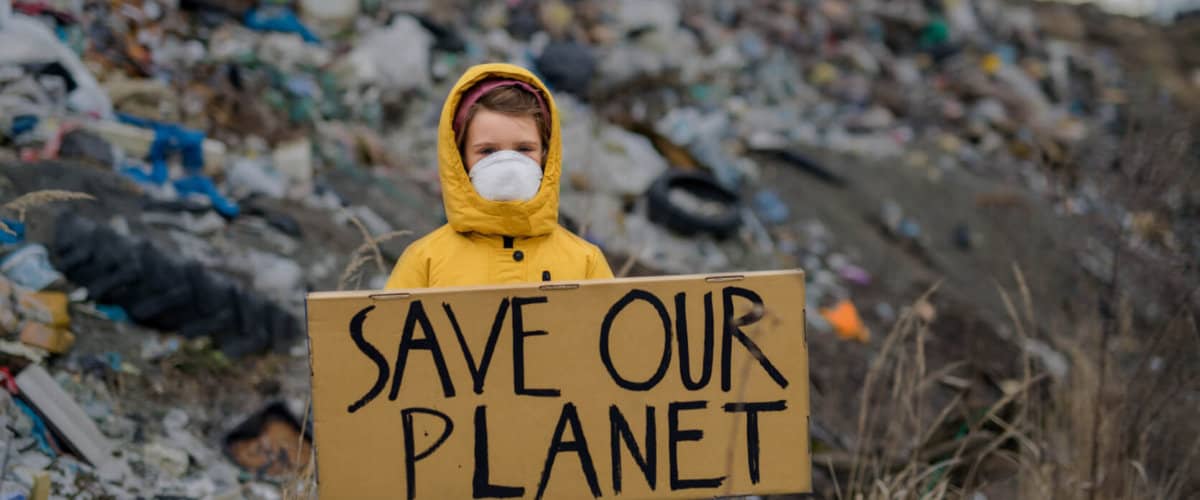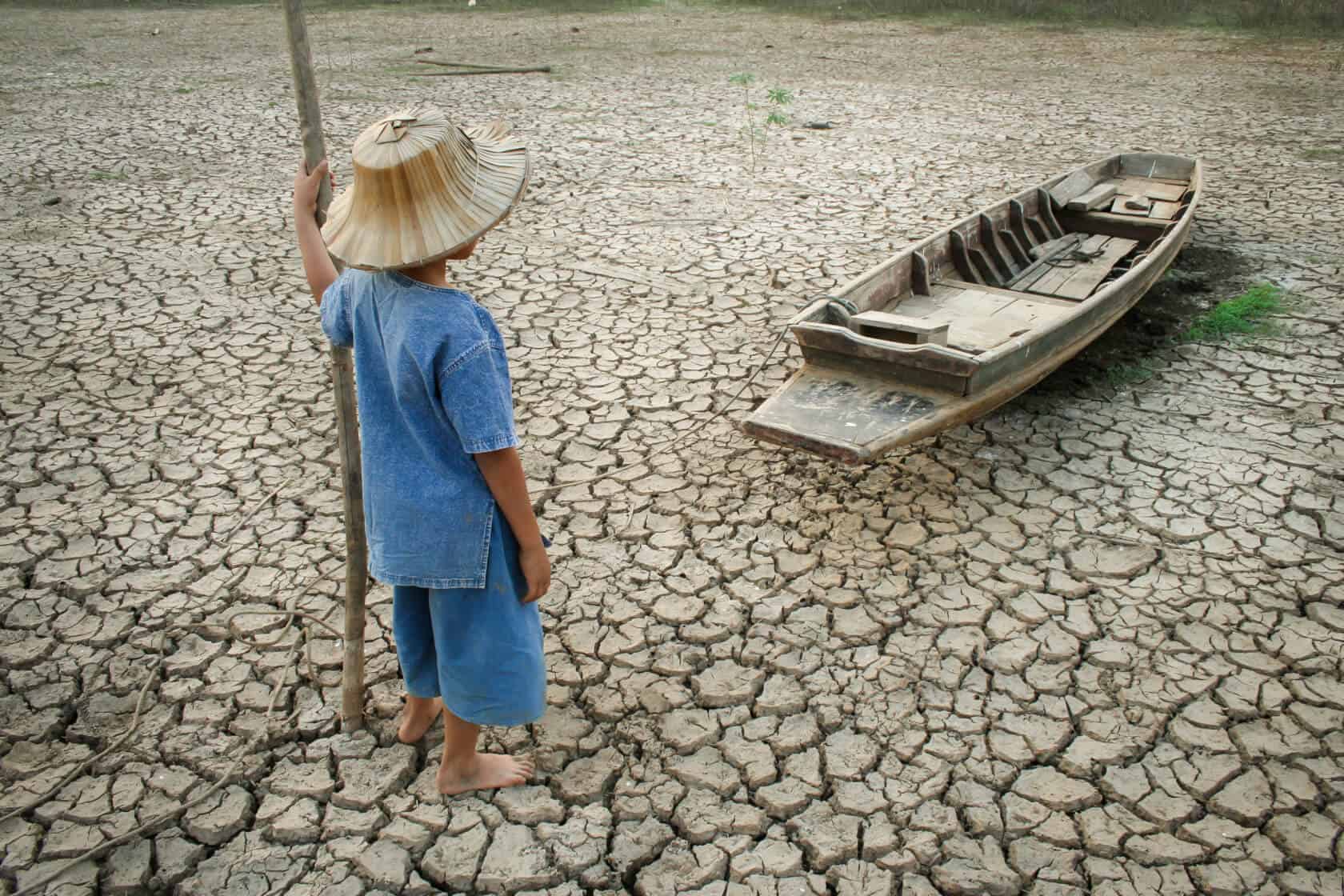Climate change is a global concern for governments and responsible citizens, and climate migration is one of its significant consequences, requiring policymakers, scientists, researchers, regulators, and youth to pay attention and mitigate the risks.
According to the Organisation for Economic Co-Operation and Development (OECD), there are numerous climate change-related matters addressed by policymakers, and one of them is migration due to climate change. The German Environment Agency illustrates that global immigration can happen due to various environmental and global warming elements. Yet, this issue goes back to humankind’s history, which resides in well-resourced places. The immigration visionaries counted environment and family decisions as the main factors of human movement in the 19th century. They also state that a temperature rise will accelerate worldwide migration.
The Change Cost

Since the 1950s, the mean global temperature rose by about 0.1°C per decade, snow covers declined by 10%, Northern ice thickness fell by 40%, the frequencies of droughts, storms, and warm periods rose, glaciers are vanishing, and the sea level rose by 20 cm. The research found the main cause of these changes from excessive human use of fossil fuels which contribute to CO2 emissions.
The natural disasters from climate change give nations only one choice: immigration. This kind of immigration will increase with the high probability in natural risked areas. For instance, Syria experienced the most impactful famine from 2006 to 2011, and the lack of water resources crippled its crops production, livelihood, domestic products, business sector, and governance system. This crisis led to over 500,000 deaths and national and international level immigration. As per the World Bank’s anticipation, by 2050, lack of food and water will force 143 million people in low-income countries to migrate, following internal war and conflicts over the resources. Migration leads to conflict in receiving countries, and conflict can also happen in getting natural resources. We may see more conflicts over sweet drinking waters in Asia and Middle East countries in the near future. Over 124 million people face utmost lack of proper nourishment, and 76% of this problem is due to global warming. Furthermore, the weather pattern changes cost us $520 billion from a year’s utilization, leading to 26 million people hungering annually and seeking new places to reside.
According to a study by Science Advances, by 2100 humans in parts of India and China will die if they spend a few hours outside. In Southeast Asia, unpredictable monsoon rainfall and drought have led the agriculture sector into a critical situation. The World Bank has projected eight million people migrating toward the Middle East, Europe, and North America due to food insecurity. Besides, in Africa, millions of rural residents migrate to coastal and urban areas to escape drought and famine.
Policy Implications

There is a ‘must act’ call to action for mitigating climate change effects, and businesses should change their supply and value chains. Business as usual is no more acceptable to the public and its ecosystem. We also need responsible consumers to impose more pressure on big companies, promote sustainable living, and think green for the environment. This is not a time to wait and see, but it is time to act now with practical steps. Governments need more clear and transparent policies in cooperation with the private sector. According to the European Commission, climate change affects the economy, society, and political aspects, targeting vulnerable people and pushing them toward migration. Climate migration should be projected in governments’ policies and should be adopted as part of a solution in internal and cross-border situations. This is not the end of the strategy to pave the ground for people’s migration, but decrease the level of variables causing this type of migration, such as increasing tax on CO2 emitters, transforming from fossil fuels to renewable energy, promoting sustainable agriculture, integrating sustainability topics in schools, promoting the use of public transportation, increasing e-governance system, and increasing forest regeneration.
In my recent visit on behalf of Youth Time Magazine, I attended the International Journalism Festival in Perugia, Italy. I met one young girl from Climate Rebellion Movement who spoke up for change and spread awareness about governments’ failure and how she was scared and concerned about the present and future. She talked with confidence, scientific proof, and enough knowledge to attract the public to listen to her and have a moment of reflection about how we can contribute as individuals. I was impressed by seeing her as the one who is standing up for climate justice.
Photo: Piyaset/shutterstock
You might also like:
Support us!
All your donations will be used to pay the magazine’s journalists and to support the ongoing costs of maintaining the site.
Share this post
Interested in co-operating with us?
We are open to co-operation from writers and businesses alike. You can reach us on our email at [email protected]/[email protected] and we will get back to you as quick as we can.










